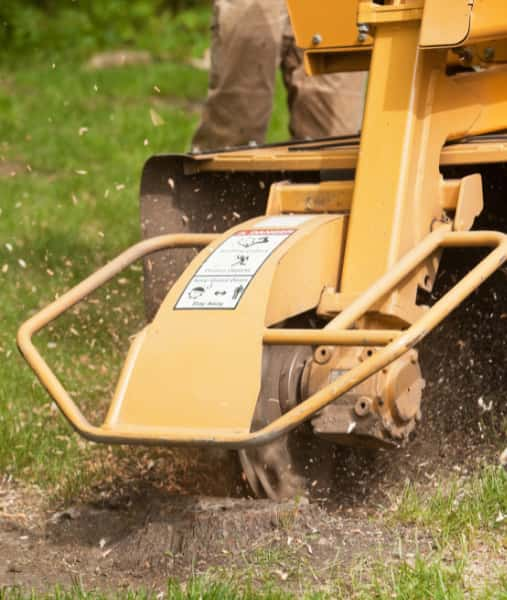Crown reduction is a vital aspect of tree care that involves trimming the upper canopy of a tree to manage its size and shape. While it might seem unnecessary for some property owners to invest in this service, neglecting crown reduction for overgrown trees can lead to various risks. Below, we discuss the potential issues that arise when an overgrown tree is left unmanaged.
Increased Risk of Structural Damage
Weakened Branches
An overgrown canopy puts excessive stress on branches, making them more prone to breaking. During heavy winds or storms, this can result in falling limbs that cause damage to nearby structures, vehicles, and even people.
Compromised Tree Stability
Excessive growth in the upper canopy can lead to an unbalanced tree structure. This imbalance increases the risk of the tree leaning or toppling over, particularly during adverse weather conditions.
Safety Hazards for People and Property
Falling Branches
Overgrown branches that extend over pathways, driveways, or play areas pose a significant safety hazard. Deadwood within the crown is especially dangerous as it can fall without warning.
Electrical Interference
When tree branches grow too close to power lines, there is a risk of electrical outages or even fires. Regular crown reduction ensures that branches are kept at a safe distance from utility infrastructure.
Negative Impact on Tree Health
Reduced Light and Air Circulation
An overly dense canopy restricts sunlight and airflow, creating an environment conducive to fungal growth and pest infestations. This can weaken the tree and shorten its lifespan.
Nutritional Stress
When a tree’s canopy becomes too large, the demand for nutrients often exceeds the supply available through its root system. This can result in stunted growth and make the tree more vulnerable to diseases.
Aesthetic and Environmental Issues
Loss of Visual Appeal
An overgrown tree can dominate the landscape, overshadowing other plants and diminishing the overall aesthetic appeal of your property. Crown reduction ensures the tree remains proportionate and visually pleasing.
Impact on Nearby Plants
Large canopies cast extensive shadows that can deprive surrounding plants and lawns of the sunlight they need to thrive. Crown reduction helps balance sunlight distribution, promoting a healthier garden ecosystem.
Potential Legal and Financial Consequences
Boundary Disputes
Branches that encroach onto neighbouring properties can lead to disputes. In some cases, property owners may be legally required to trim overgrown trees, which can result in additional costs if left unmanaged.
Increased Maintenance Costs
Ignoring crown reduction often leads to larger, more expensive problems over time. Addressing structural damage, removing fallen limbs, or treating diseased trees can cost significantly more than regular maintenance.
Conclusion
Failing to reduce the crown of an overgrown tree can lead to numerous risks, including structural damage, safety hazards, and compromised tree health. Crown reduction is a proactive solution that not only ensures the safety and aesthetics of your property but also promotes the long-term health of your trees.
If you’re in Havant, Hampshire, and need expert crown reduction services, LM Tree Surgery Havant is here to help. Contact us today to discuss how we can ensure your trees remain safe, healthy, and an asset to your property.
Call us on: 023 8001 2385
Click here to find out more about LM Tree Surgery Havant
Click here to complete our contact form and see how we can help with your trees needs.

